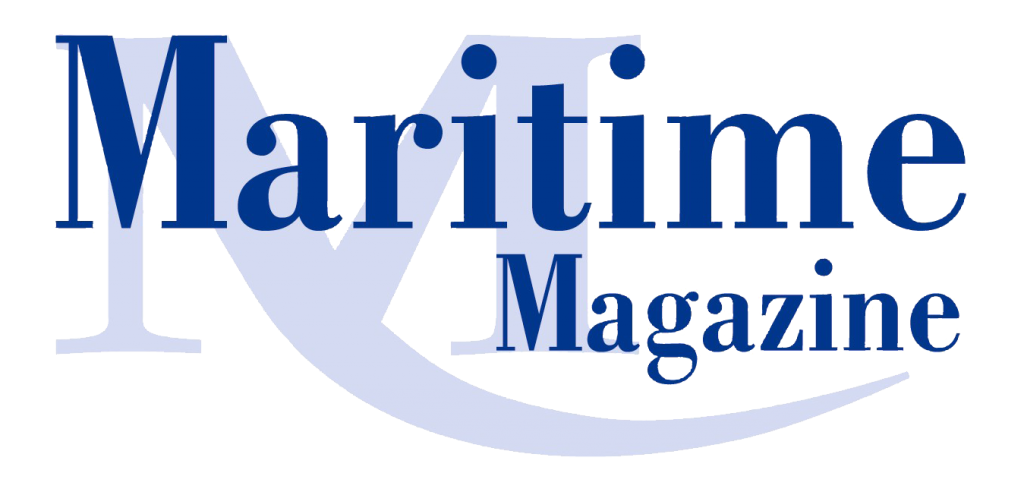OTTAWA – To further protect Canadian waters, the Government of Canada is taking action to limit the introduction and spread of aquatic invasive species in ballast water. Today, the Minister of Transport, the Honourable Omar Alghabra, announced the coming into force of the new Ballast Water Regulations to strengthen existing rules for vessels on international voyages and the introduction of new rules for vessels which remain in Canada and on the Great Lakes.
These regulations, which replace the Ballast Water Control and Management Regulations, apply to vessels in Canadian waters and to Canadian vessels anywhere in the world. They are based on a global approach to manage ballast water. Vessels are now required to:
-
plan their ballast water management and reduce the number of organisms in their ballast water, typically by installing a ballast water management system; and
-
carry a valid certificate, keep records, and be regularly surveyed and inspected. Smaller vessels may follow an equivalent approach tailored to their operations and size.
The new regulations reflect years of discussions with industry, scientists, engineers, United States legislators and regulators, and international partners.
As a result of the regulations, around 34 species will not be introduced and spread in Canada by 2044, including five severely damaging species. By preventing harm to the environment, the regulations are expected to provide $980 million of economic benefit over this period.
At Canadian Great Lakes ports, it is estimated that by 2030, the use of ballast water management systems by all vessels will help reduce the spread of invasive species by 82%.
The new Ballast Water Regulations aim to reduce the spread of aquatic invasive species within Canada, as well as their transfer from Canada to other countries, and to help protect global biodiversity.
The new regulations mark a transition from the traditional method of ballast water management (the exchange of ballast water in mid-ocean) to the use of modern ballast water management systems (which clean ballast water of organisms before release).
Canadian ships travelling abroad and those coming into Canada from abroad are now required to meet standards by 2024. Canadian vessels that do not voyage internationally, other than to U.S. Great Lakes ports, need to meet the new standards depending on when they were built:
-
all newly built vessels will have to meet standards at launch.
-
existing Great Lakes and Canadian domestic vessels built before 2009 will be required to meet standards by 2030.
-
all other existing vessels built in or after 2009 will be required to meet standards by 2024.
To increase environmental protection for sensitive Canadian fresh waters, vessels arriving in these waters from another country (other than from U.S. Great Lakes waters) will exchange their ballast water in mid-ocean in addition to using a ballast water management system.
Ballast water and the Great Lakes
The regulations apply to all Canada’s marine environments, including the Great Lakes, which are shared by Canada and the U.S. Although the U.S. has not joined the International Convention for the Control and Management of Ships’ Ballast Water and Sediments, 2004, both countries co-operate in this region under the Great Lakes Water Quality Agreement, aiming to have compatible regulations.
Great Lakes ballast water can be difficult to manage because the lakes are cold, fresh, and mixed with sediment. Despite this, the use of ballast water management systems in these waters substantially reduces environmental risks. As needed, ballast water taken on board in these areas is considered to meet standards when a suitable system is installed on time and properly used and maintained.
U.S. engagement and alignment
Canada has taken ongoing U.S. regulatory processes into account while developing the new regulations and envisions increased regulatory compatibility over time. Canada will continue to work with the U.S. towards binational compatibility to strengthen protection of our shared waters and facilitate vessel compliance.
U.S. vessels will be required to follow the same rules as Canadian vessels when doing business in Canada which involves taking ballast water onboard or releasing it. However, Canada will not regulate U.S. vessels which only pass through Canadian waters while travelling between U.S. ports without taking on or releasing ballast water.
Disappointment for St. Lawrence Shipoperators
A stalled consultation process, regulations that favour American shipowners to the detriment of Canadian companies, and a bill of several hundred million dollars for the latter: St. Lawrence Shipoperators (SLSA) wishes to emphasize its disappointment following the publication of the ballast water regulations in the Canada Gazette Part II today.
Many of our members’ questions and concerns remain unanswered and raise fears of major repercussions for Canadian companies in the short and medium term.
“While all stakeholders want to ensure the protection of aquatic environments, Transport Canada’s decision announced today is based on arbitrary criteria that favour aging fleets, such as American ships, and penalize Canadian shipowners who have invested in state-of-the-art environmental technology. All industry players were ready to work with the government and even tabled draft regulations that would allow Canada to meet its international obligations, but these were ignored,” declared Louise Bédard, Executive Director of Armateurs du Saint-Laurent.
Ballast water is the water that a ship uses to stabilise itself when it is sailing empty, without cargo. ASL believes that their use should be regulated when certain potentially harmful organisms travel between ecosystems.
However, the regulations announced today apply equally to vessels that remain in Canadian waters and those that travel internationally. In addition, the regulations require newer Canadian ships to be quickly fitted with multi-million dollar ballast water treatment systems, while older fleets, such as those in the US, are exempted until 2030.
“While our shipowners will have to pay millions of dollars per ship to comply, US fleets don’t have to put out a penny for several years. This means that American shipowners will be more competitive than us on many types of voyages. This is an excellent way to promote an American economic recovery at the expense of local businesses and jobs,” said Ms. Bédard.
Photo: Shutterstock





